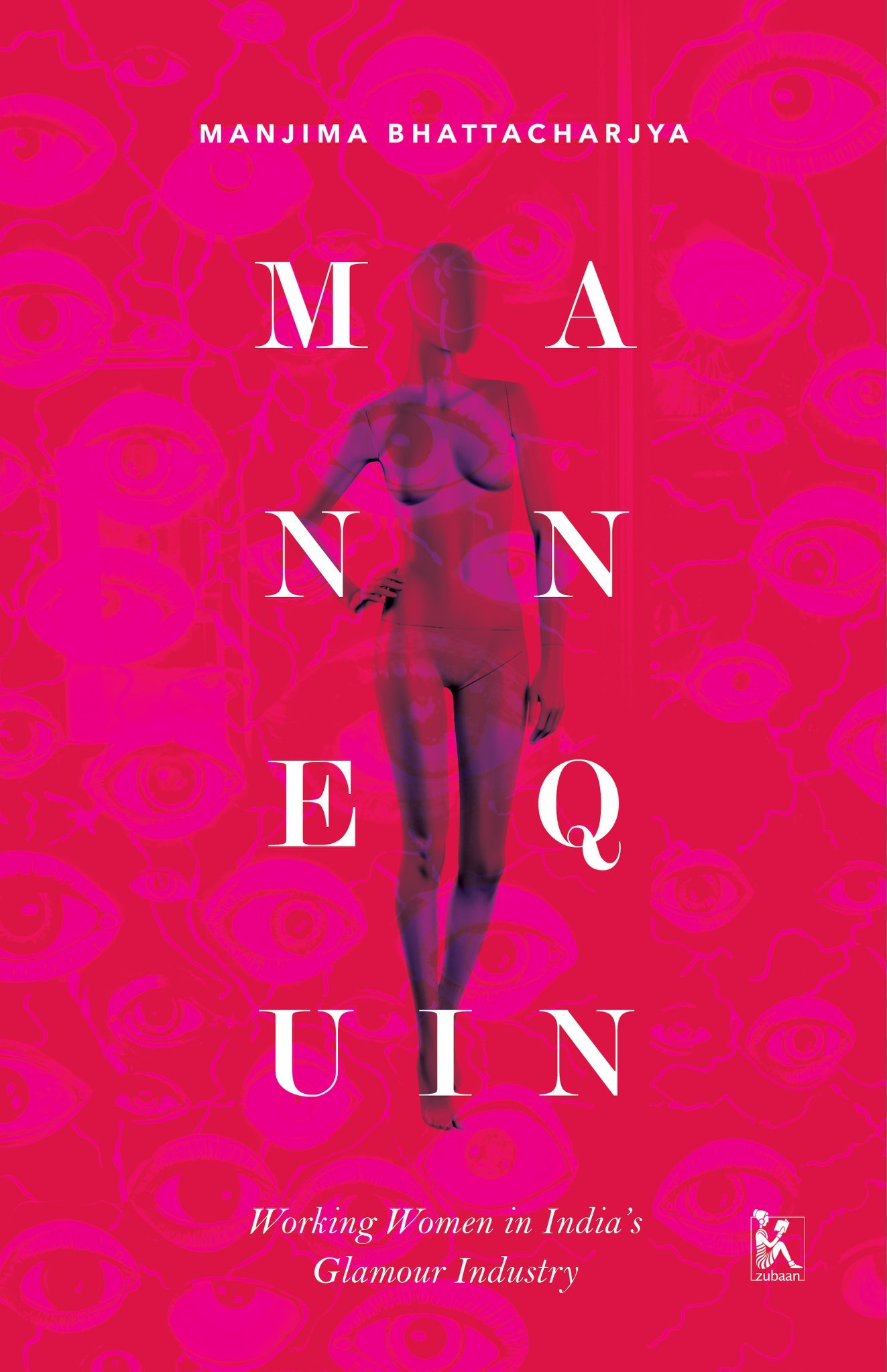With a domestic market of around 70 billion dollars, the Indian fashion industry employs over 60 million people and accounts for a sizeable chunk of the country’s GDP. Despite this, models—the most visible yet voiceless actors of the industry—are rarely given the recognition they deserve. It is this overlooked demographic that forms the focus of Manjima Bhattacharjya’s remarkable study, bringing these women’s voices and perspectives to us.
Tracing the rise of the modelling and beauty industry from the 1960s to the present day, Bhattacharjya argues that modelling is work, and should be recognized as such. At the heart of the book lies a difficult question: should the industry be seen as objectifying women or as acknowledging their agency? Mannequin is also an individual’s personal exploration of the changing relationship between fashion and feminism.
When did glamour come to India? Some would say it’s always been there: Madhubala’s smile, a maharaja’s Rolls Royce collection, a maharani’s pearls. Fashion too: Sadhna’s haircut, the Nehru jacket. Certainly there was an inherent glamour in our over a hundred-year-old celluloid history and the lifestyles of former royals. But the contemporary version of glamour exceeds the coterie of royalty and film stars, permeating different spheres around us: images, billboards, clothes, make-up, magazines, gadgets, homes, bags, shoes.
‘As a word, glamour carries talismanic qualities,’ wrote historian Stephen Gundle in his book on the history of glamour, ‘a magical power capable of making ordinary people, dwellings and places seem like magnificent versions of themselves.’ Gundle identifies a series of historic images, icons and moments that, when accumulated, contributed to the popularly understood idea of glamour in the West: Jackie Onassis, Marilyn Monroe, Princess Diana; designer Gianni Versace making a relatively unknown model, Elizabeth Hurley, a sensation overnight by putting her in a dress made of safety pins; finally defining glamour as ‘a language of allure and seduction in capitalist society.’
But how and why did glamour emerge? What were the economic, political and social conditions that allowed it to flourish? How did it snowball into an economy generating magazines, pageants, television programming, a retail revolution, even a deeper shift in values from parsimony and unselfconsciousness to conspicuous consumption and giving unquestionable importance to looking good?
There are several key turning points that contributed to the mainstreaming of glamour in the West. First, the Belle Epoque (the ‘beautiful age’) in late 1800s Europe caused a seismic shift when music, theatre and the high arts became desirable forms of leisure for the new bourgeoisie, and drove a culture of ‘going out’ and couture. Second, around the same time the portraiture of high society women in the latest fashions flourished in Europe, creating the foundations of fashion photography.
Third, you might say: Paris.
Paris, with its cafés, concerts, new forms of leisure, rose as the incomparable glittering cultural capital of the world. Every city thereafter wanted to be Paris.
Fourth, the emergence of the commercial shopping and cultural district, the West End in London, in the early 1930s accelerated this shift with the spread of these ideas to the working class, away from bourgeouis monopolies. In the 1940s and 50s, glamour came galloping with the post-World War economic restructuring that emphasized shopping as leisure (and central to new economies) with scores of freshly minted departmental stores in New York and London. Such evolving ideas of modernity, of what urban metropolitan cities should symbolize, and ideas of leisure and pleasure lay at the heart of a new language of glamour.
Finally, and very importantly, technological advancements at every turn – the electrification of theatres, the creation of neon lights, television and then Technicolour – raised the stakes to showcase glamour and seductively mount it over every city and town, and later stream it into homes.
Excerpted with permission from Mannequin by Manjima Bhattacharjya, Zubaan. You can buy the book here.
Also read: Can Fashion And Feminism Go Hand In Hand?
About the author(s)
Feminism In India is an award-winning digital intersectional feminist media organisation to learn, educate and develop a feminist sensibility and unravel the F-word among the youth in India.




